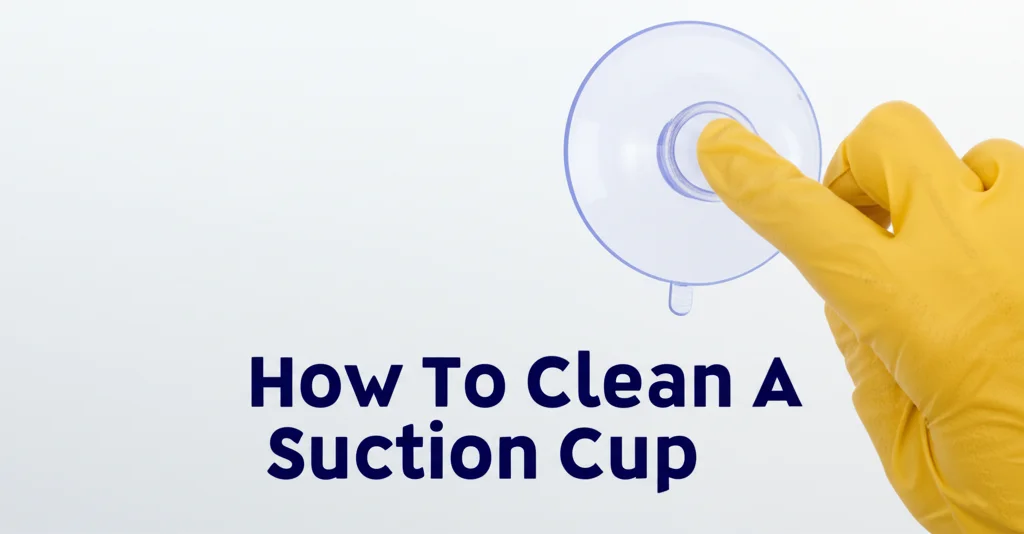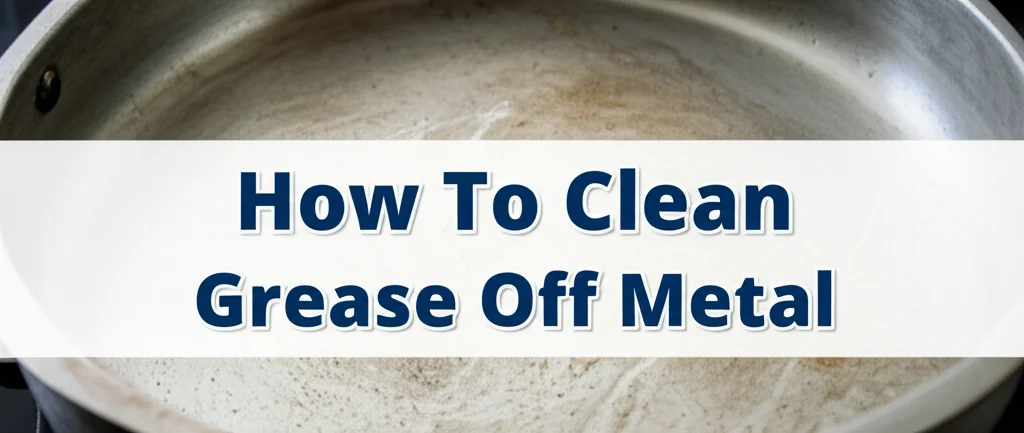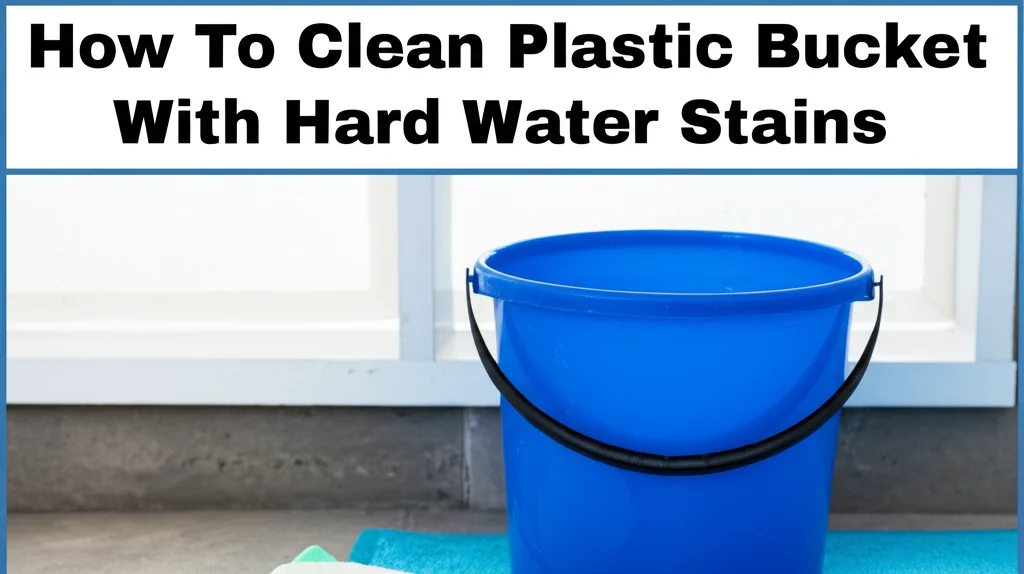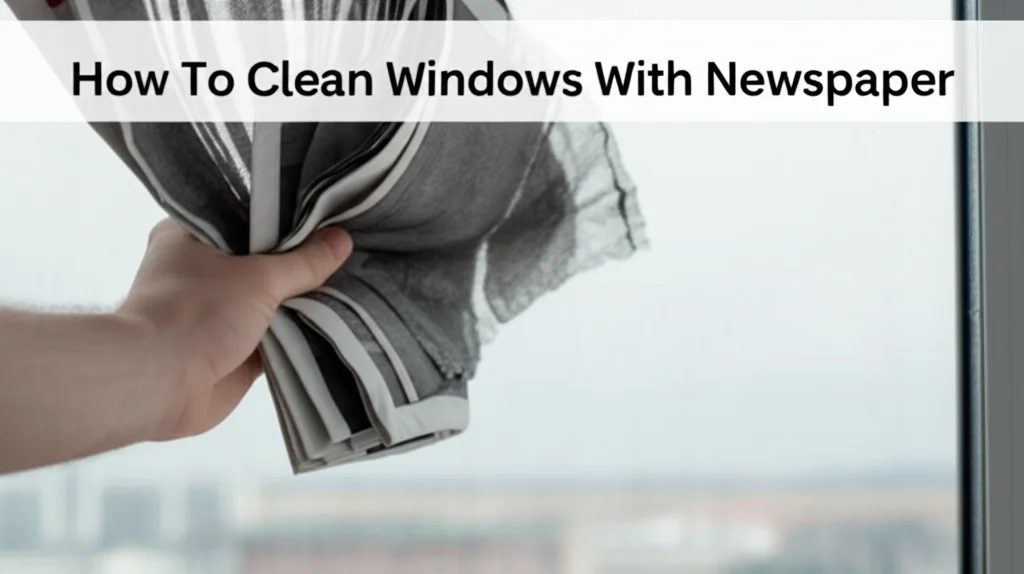· Cleaning Tips · 6 min read
How To Clean Goo Gone Residue
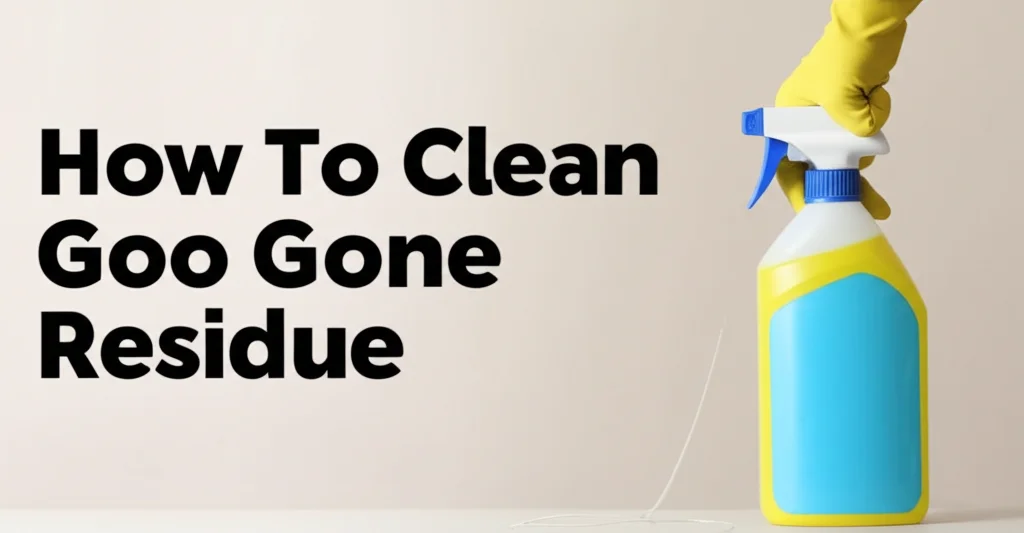
Tackling the Sticky Situation: How to Clean Goo Gone Residue
Ever used Goo Gone to remove a stubborn sticker or adhesive, only to be left with a new, equally frustrating problem – a greasy residue? You’re not alone! Goo Gone is fantastic for dissolving adhesives, but it often leaves behind a slick film that attracts dirt and dust. This article will guide you through the best methods to effectively clean Goo Gone residue, restoring your surfaces to their original condition. We’ll cover everything from simple soap and water solutions to more targeted approaches for different materials. Let’s get rid of that stickiness and reclaim your clean space!
Quick Answer: To clean Goo Gone residue, start by wiping the area with warm, soapy water. For stubborn residue, use rubbing alcohol or a citrus-based cleaner. Always test in an inconspicuous area first to ensure the cleaner doesn’t damage the surface.
Key Takeaways:
- Warm, soapy water is your first line of defense.
- Rubbing alcohol is excellent for dissolving residue.
- Always test cleaners in a hidden spot.
- Different surfaces require different approaches.
Understanding Goo Gone and Its Residue
Goo Gone works by using a solvent blend to break down the adhesive bonds. It’s incredibly effective, but that solvent doesn’t simply disappear. It leaves behind an oily residue that feels sticky and can be unsightly. This residue isn’t necessarily harmful, but it’s not something you want lingering on your belongings. Understanding the nature of this residue – its oily composition – is key to choosing the right cleaning method. Knowing this helps you select a cleaner that can cut through the grease without damaging the underlying surface.
The First Step: Soap and Water
Often, the simplest solution is the best. Warm water mixed with a mild dish soap can effectively remove a light layer of Goo Gone residue. This method is safe for most surfaces and a great starting point.
- Mix your solution: Combine a few drops of dish soap with warm water in a bowl.
- Apply and scrub: Dip a clean cloth into the soapy water and gently scrub the affected area.
- Rinse and dry: Rinse the surface with clean water and dry it thoroughly with a clean cloth.
This method works best on non-porous surfaces like glass, metal, and plastic. If the residue is stubborn, move on to stronger solutions. Don’t forget to test the solution on a small, hidden area first to ensure it doesn’t cause discoloration or damage.
Rubbing Alcohol: A Powerful Residue Remover
Rubbing alcohol (isopropyl alcohol) is a fantastic solvent that can dissolve Goo Gone residue quickly and efficiently. It’s particularly effective on surfaces where water-based solutions aren’t enough. However, always use caution and test in an inconspicuous area first, as alcohol can damage some finishes.
- Application: Dampen a clean cloth with rubbing alcohol.
- Gentle Rubbing: Gently rub the residue in a circular motion. Avoid excessive pressure.
- Wipe Clean: Wipe away the dissolved residue with a clean, dry cloth.
- Ventilation: Ensure good ventilation when using rubbing alcohol.
This method is ideal for glass, metal, and some plastics. Avoid using it on painted surfaces or delicate fabrics without testing first. You can find more information on cleaning different materials at https://beacleaner.com/how-to-clean-luxury-vinyl-plank-flooring/.
Citrus-Based Cleaners: A Natural Alternative
If you prefer a more natural cleaning solution, citrus-based cleaners can be very effective at removing Goo Gone residue. These cleaners contain natural solvents that break down the oily residue without harsh chemicals. They also leave behind a pleasant citrus scent!
- Choose a Cleaner: Select a citrus-based cleaner specifically designed for removing grease and adhesives.
- Spray and Wait: Spray the cleaner onto the residue and let it sit for a few minutes.
- Wipe and Rinse: Wipe away the residue with a clean cloth and rinse the surface with water.
Citrus cleaners are generally safe for most surfaces, but it’s still a good idea to test them in a hidden area first. They are a great option for those sensitive to strong chemical smells.
Dealing with Goo Gone on Different Surfaces
The best way to clean Goo Gone residue depends on the surface it’s on. Here’s a breakdown for common materials:
Wood Surfaces
Wood is porous and can be easily damaged by harsh chemicals. Start with warm, soapy water. If that doesn’t work, try a small amount of mineral spirits, testing in an inconspicuous area first. Always wipe with the grain of the wood. You might also find helpful tips on maintaining wood floors at https://beacleaner.com/how-to-clean-hardwood-floors-with-vinegar/.
Fabric and Upholstery
For fabrics, avoid harsh solvents. Start with a mild detergent and water. Gently blot the residue, working from the outside in to prevent spreading. For stubborn stains, consider a fabric-specific stain remover. Always check the fabric care label before applying any cleaning solution.
Plastic
Plastic is generally durable, but some types can be sensitive to certain chemicals. Rubbing alcohol is usually safe, but test it first. Avoid abrasive cleaners that can scratch the surface. If you’re dealing with sticky residue on vinyl, you might find this article helpful: https://beacleaner.com/how-to-remove-sticky-residue-from-vinyl-flooring/.
Glass and Metal
Glass and metal are the most forgiving surfaces. Rubbing alcohol, warm soapy water, or citrus-based cleaners all work well. Be sure to dry the surface thoroughly to prevent water spots.
Preventing Goo Gone Residue in the Future
While cleaning up residue is important, preventing it in the first place is even better. Here are a few tips:
- Use Sparingly: Apply only the amount of Goo Gone needed to remove the adhesive.
- Wipe Immediately: After removing the adhesive, wipe away any excess Goo Gone with a clean cloth.
- Follow Up: Immediately clean the area with warm, soapy water after using Goo Gone.
- Consider Alternatives: For some applications, less aggressive adhesive removers might be sufficient.
FAQ: Your Goo Gone Residue Questions Answered
Q: Is Goo Gone residue harmful?
A: Goo Gone residue itself isn’t typically harmful, but it’s oily and attracts dirt. It’s best to remove it for cleanliness and to prevent grime buildup.
Q: Can I use vinegar to clean Goo Gone residue?
A: While vinegar is a good cleaner, it’s not very effective at dissolving the oily residue left by Goo Gone. Rubbing alcohol or citrus-based cleaners are better choices.
Q: Will Goo Gone damage my surfaces?
A: Goo Gone is generally safe, but it can damage some delicate surfaces. Always test in an inconspicuous area first.
Q: How do I remove Goo Gone residue from carpet?
A: Blot the area with a clean cloth and a mild detergent solution. Avoid rubbing, as this can spread the residue. You can also try a carpet-specific stain remover. For more carpet cleaning advice, check out https://beacleaner.com/how-to-remove-baking-soda-residue-from-carpet/.
Say Goodbye to Stickiness!
Cleaning Goo Gone residue doesn’t have to be a chore. By following these simple steps and choosing the right cleaning method for your surface, you can easily remove the sticky film and restore your items to their original shine. Remember to always test cleaners in a hidden area first and prioritize gentle methods whenever possible. With a little effort, you can keep your space clean, tidy, and free from unwanted residue. Don’t let a little stickiness ruin your day – tackle it head-on and enjoy a sparkling clean home!

